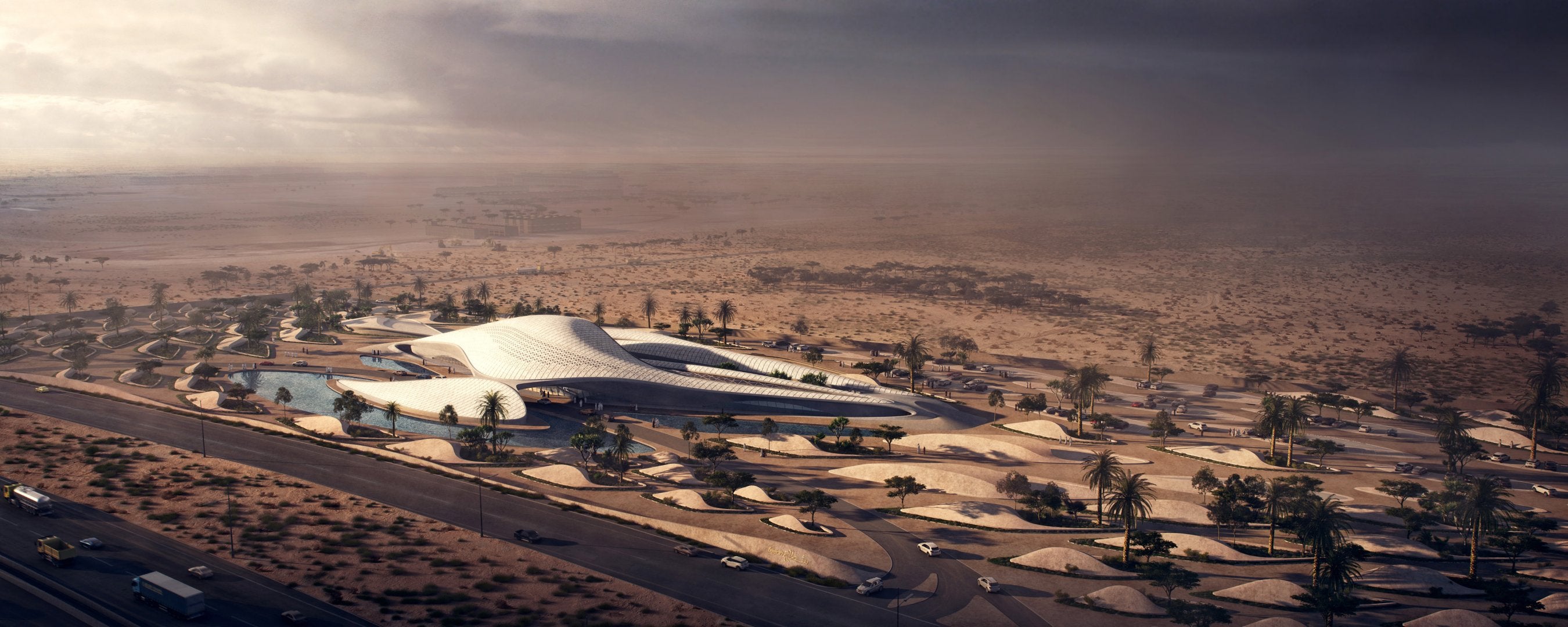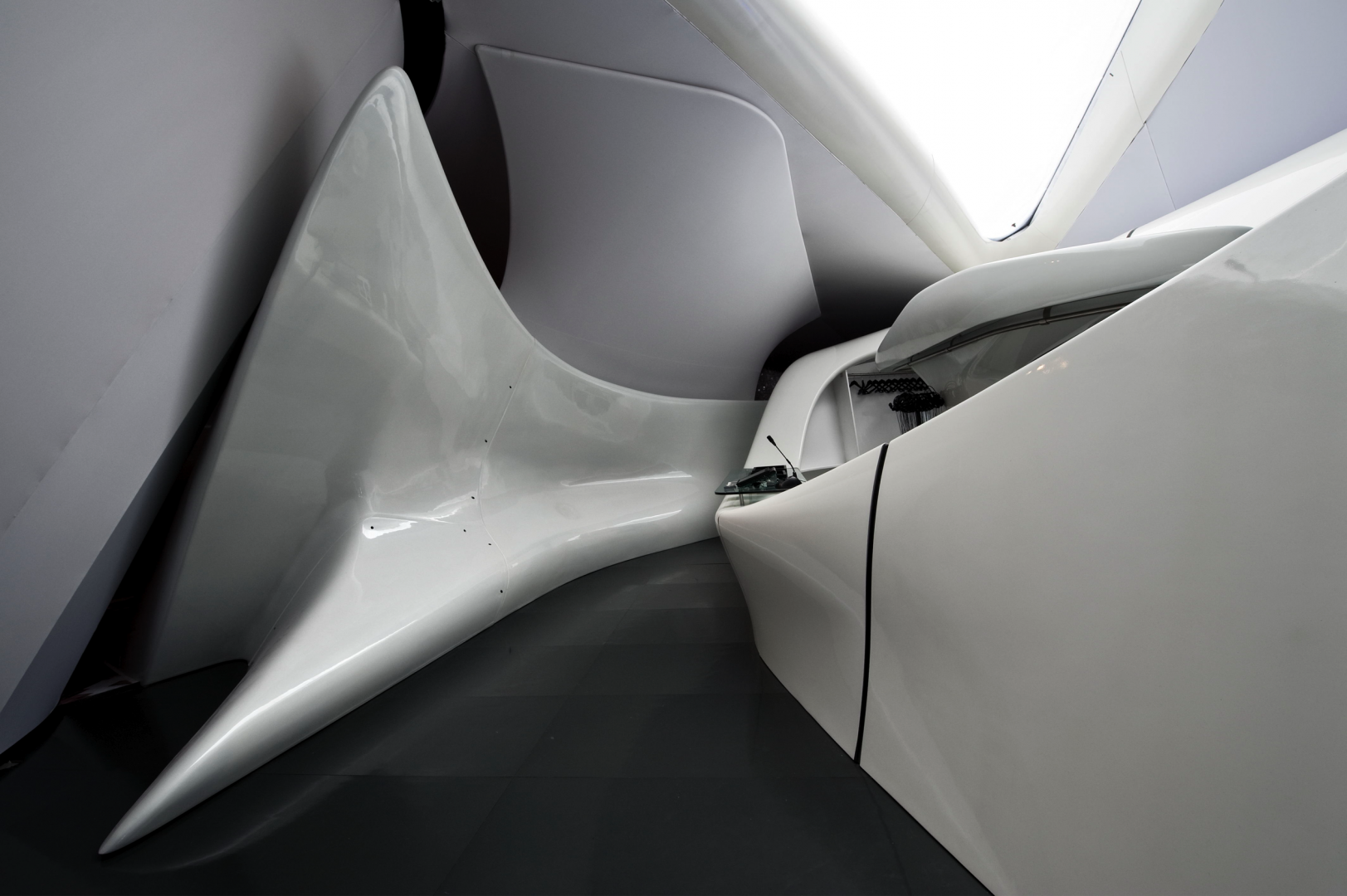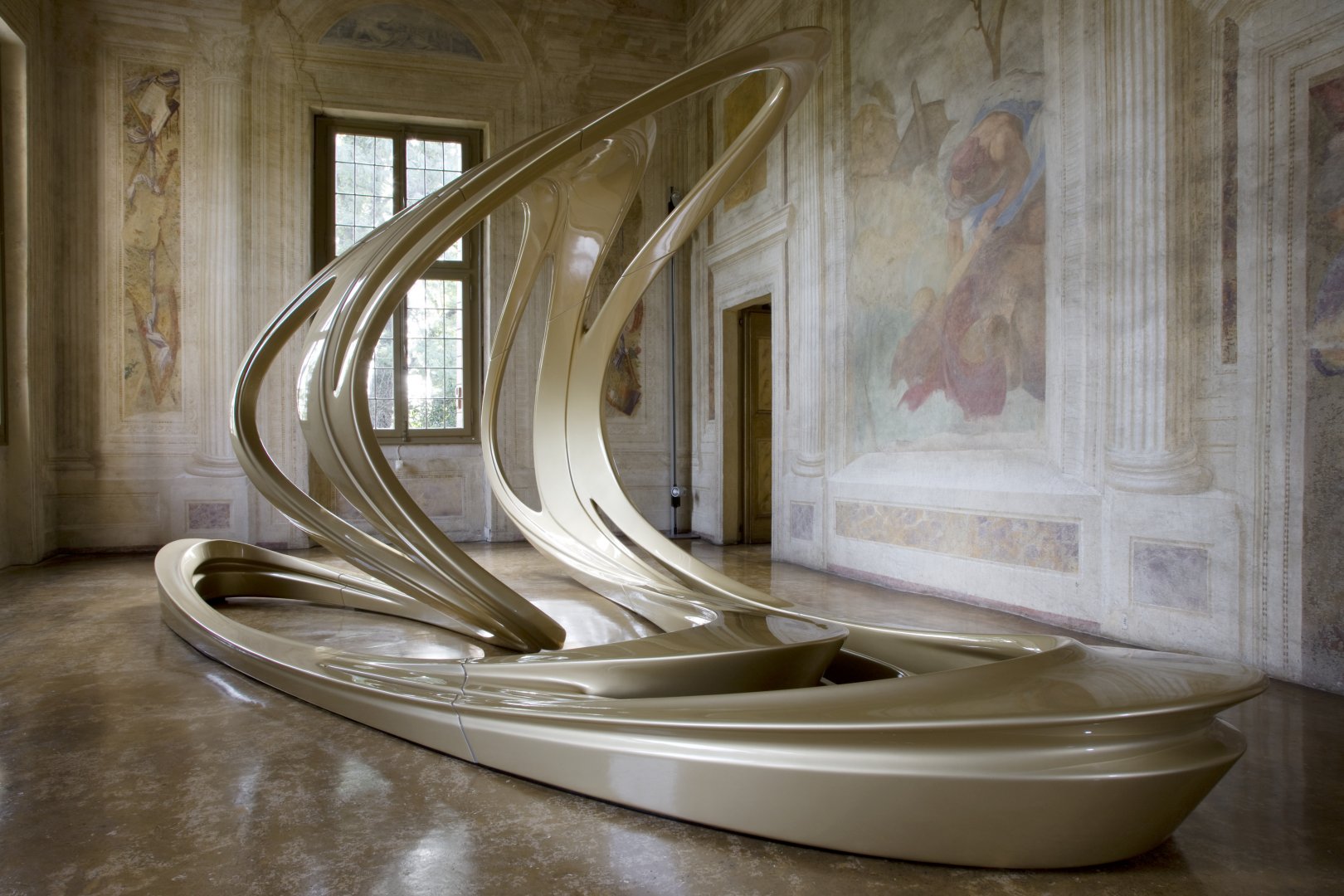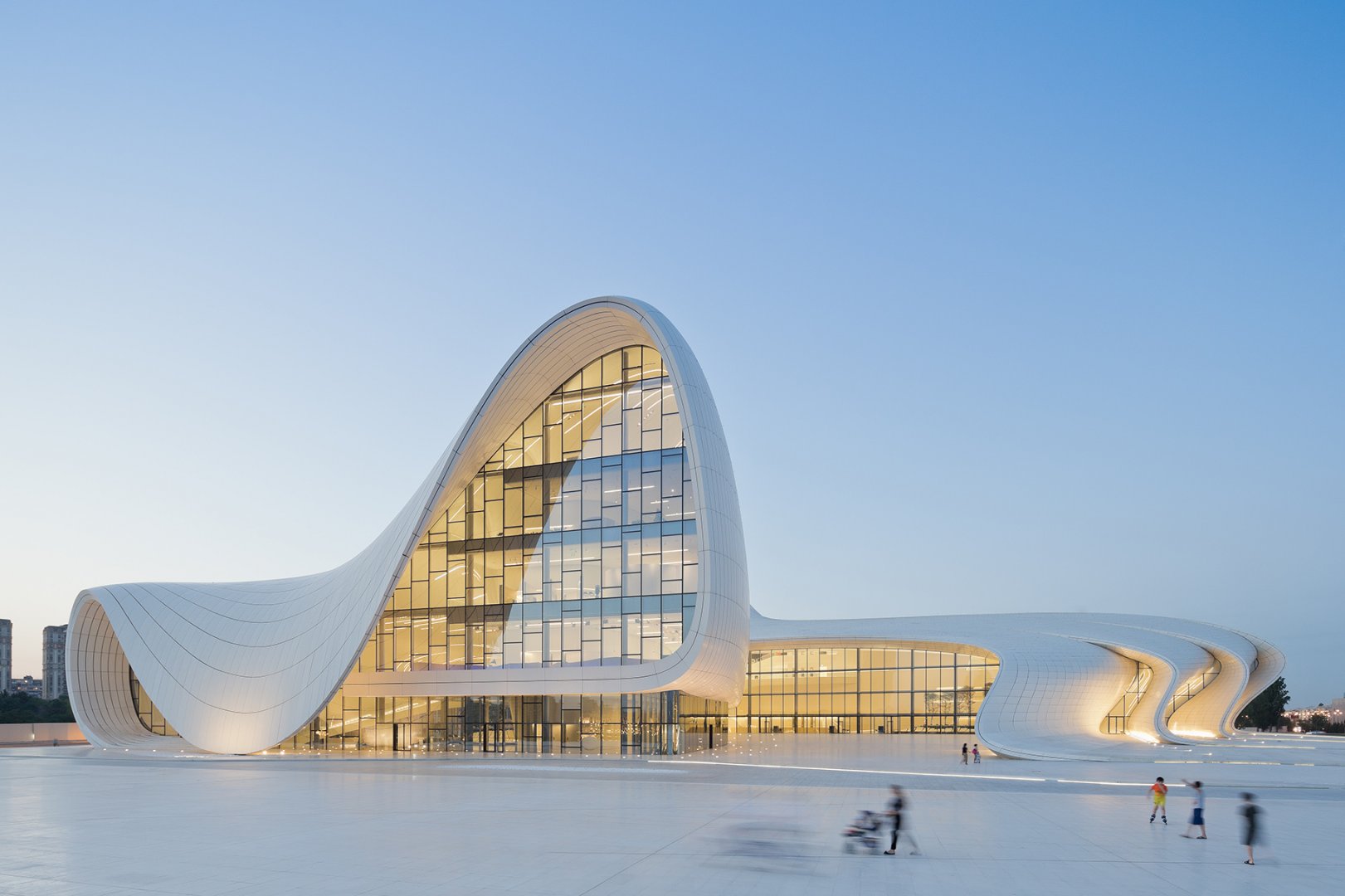Ahead of her time, Zaha Hadid redefined architecture for the 21st century by developing a new designing way in a world dominated by men.
Zaha Hadid is part of the most representative group of architects of the time and her legacy is still setting new matters for design and architecture. To celebrate Zaha Hadid Architects’ 40th anniversary, a new pop-up gallery opens its doors in New York.

The gallery, which will remain open until December, is located in the residential building designed by the firm, 520 West 28th, by the famous High Line in Chelsea. The exhibition highlights Hadid’s fluidity and hyper-functional character. Some of the works featured include the six Silver Models that were part of a presentation at London’s Rove Gallery in 2005, a replica of the building housing the exhibition, a black and white photo show by Hélène Binet on her architecture, and some of the House’s recent projects.

Revolucionary
Zaha Hadid (1950-2016) established her firm in 1979 and in 2004 became the first woman to ever earn the Pritzker Architecture Prize. The Iranian woman defied beauty standards and created her own patters around the seduction of forms; abstract constructions that create a curvilinear magnetism and wrap the spectator’s eye around an undulating relief.
I have always been interested in the fragmentation concept, abstract and explosive ideas, and mass production. My work was first engaged with the early Russian avant-garde, but in particular with the work of Kasimir Malevich (influence of modern avant-garde and the intersection between art and design). Malevich discovered abstraction as an experimental principle that can propel ingenious composition in various levels of invention, this allowed me to reach greater levels of creativity”. – Zaha Hadid, 2007.
In 2006, ZHA expands and Zaha Hadid Design is established, where collaborations with different brands from the fashion, furniture, and interior decoration worlds contribute to broadening the architect’s repertoire.

Some of her most renowned projects are:


7. Aqua Table. The design of this table is organic and represents a body floating in space. Undoubtedly, it offers a wide range of possibilities, decoration-wise.
Currently, ZHA is led by its managers: Charles Walker, Jim Heverin, Gianluca Racana, and Mouzhan Majidi, who continue the dream of one of the most extraordinary minds in architecture.


